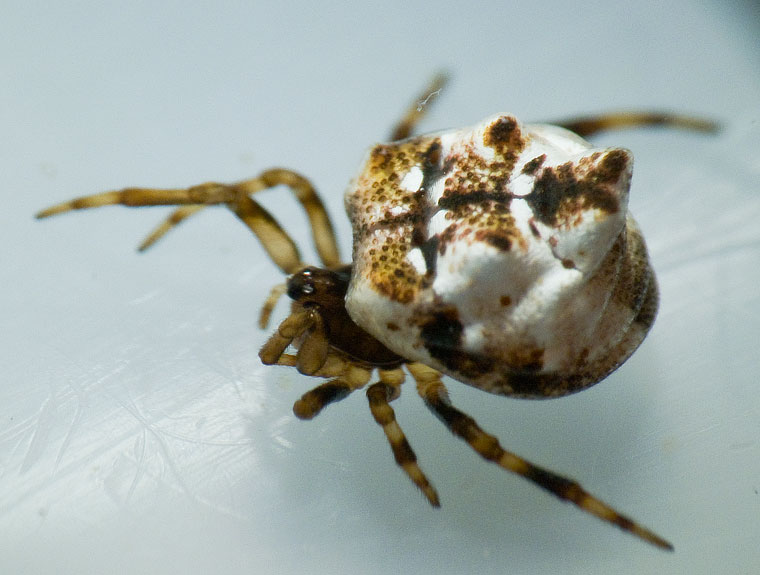This Phoroncidia, body length up to about 3mm, height 4mm, is widespread in coastal South East Queensland. Its range is coastal Australia from Cape York in Queensland to Victoria and it has been observed in Perth. The abdomen ranges from pinks to whites to orange, brown and black and has a marbled, sclerotized surface. The cephalothorax and legs are dark brown to black. These spiders are nocturnal predators with a simple web including a single strand of silk with beads of viscous material to sense the impact of insects and snare them. During the day it is hard to spot with legs tucked up usually on a twig. The egg sac is a papery brown sphere about the same size or larger than the spider, with pointed tip where it attaches to woven anchor threads. It was first described by Keyserling in 1980 as Ulesanis. The name sextuberculata means six tubercles or knobs.
- Mature female, from above
- Mature female, upside down
- Female from North Stradbroke Island, oblique view
- Female from North Stradbroke Island, side view
- Female from North Stradbroke Island, facing
- Female from Perth
- Female with snare strand, Alfred Cove, Perth
- Pinkish sub-adult male
- Female brown form Rinn Ave Bunya 301210 note face
- Female dark brown form Rinn Ave Bunya facing oblique
- Female dark brown form Rinn Ave Bunya from side behind
- Female dark brown form Rinn Ave Bunya from side oblique
- Female pink form Rinn Ave Bunya side view
- Female dark form Rinn Ave Bunya underneath
- Male Rinn Ave Bunya from side
- Male Rinn Ave Bunya from side
- Female pink form Rinn Ave Bunya from above oblique
- Female pink form Rinn Ave Bunya from above
- Female pink form Rinn Ave Bunya facing oblique
- Female pink form Rinn Ave Bunya from above
- Female pink form Rinn Ave Bunya from side
- Female pink form Rinn Ave Bunya on leaf edge
- Female pink form Rinn Ave Bunya underneath
- Female pink form Rinn Ave Bunya side view
- Female dark form Rinn Ave Bunya side view
Mature female, from above
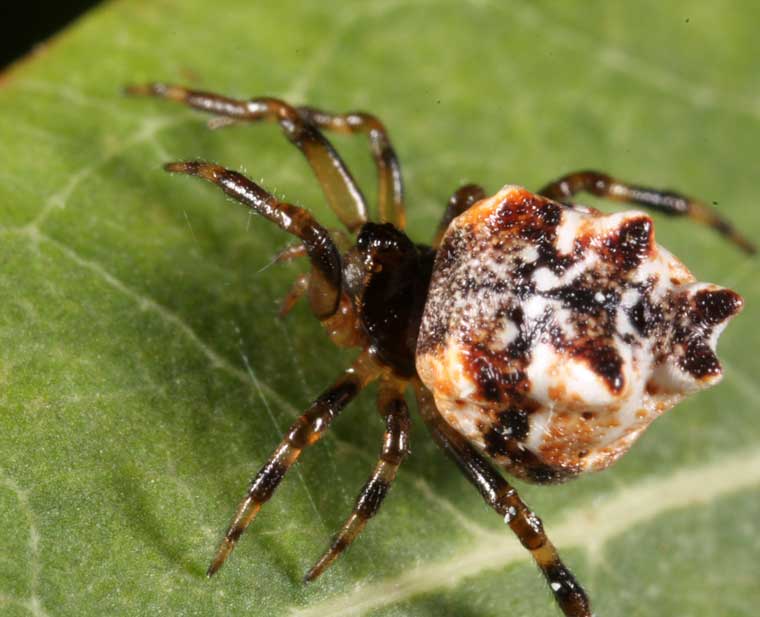
Mature female, upside down
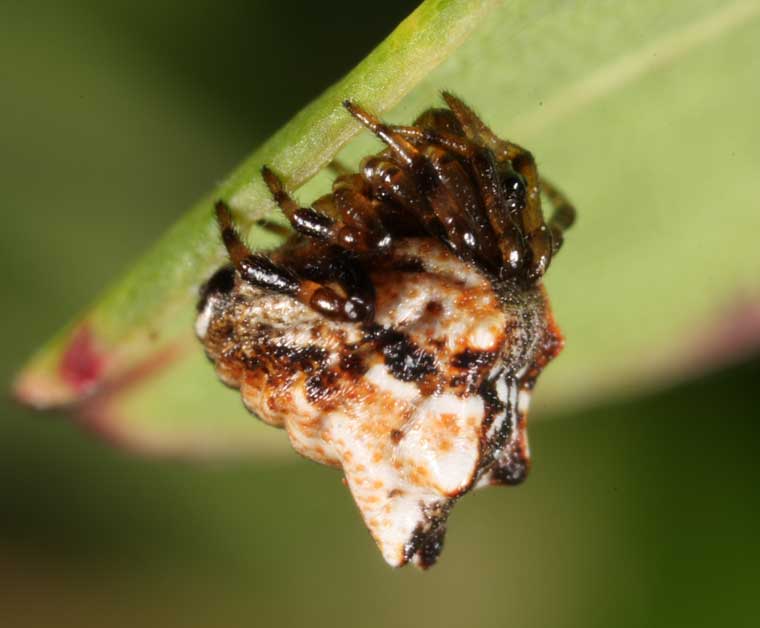
Female from North Stradbroke Island, oblique view
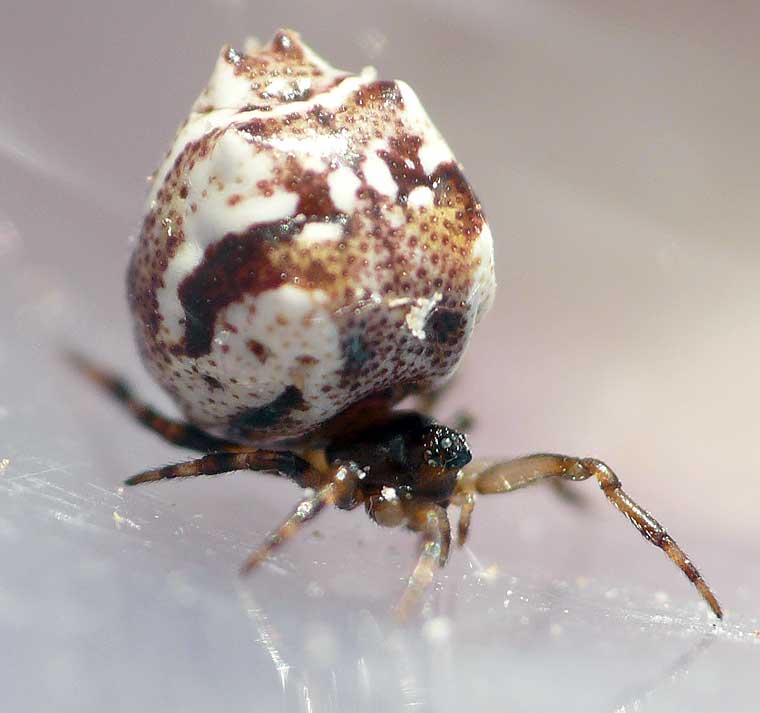
Female from North Stradbroke Island, side view
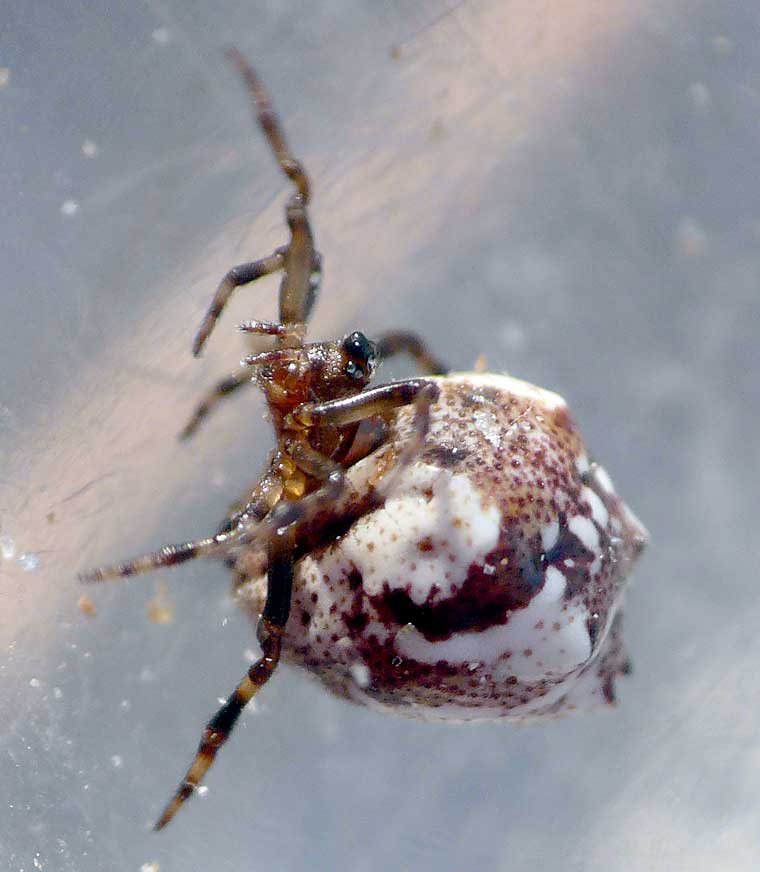
Female from North Stradbroke Island, facing
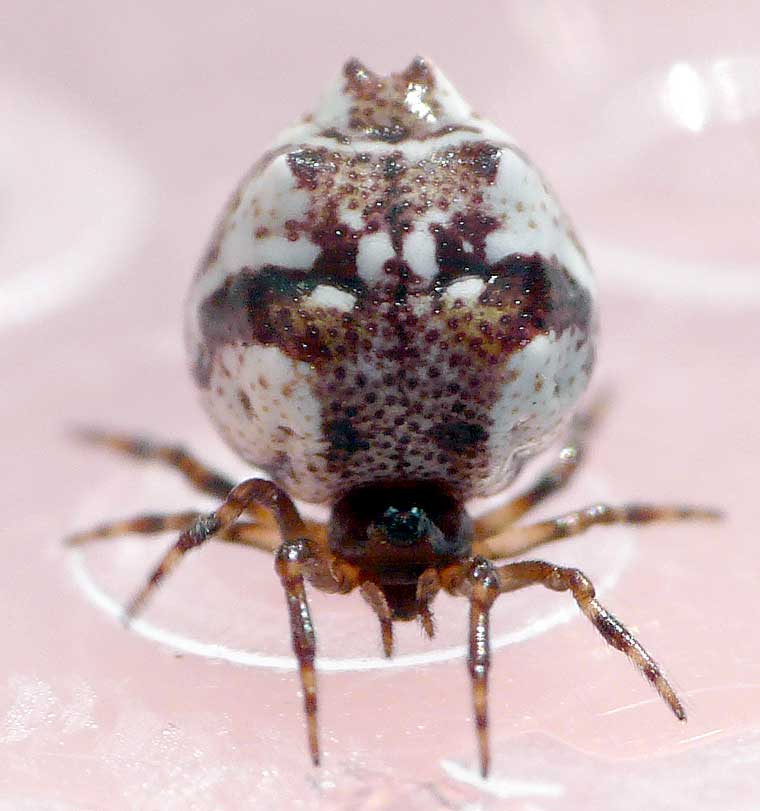
Female from Perth
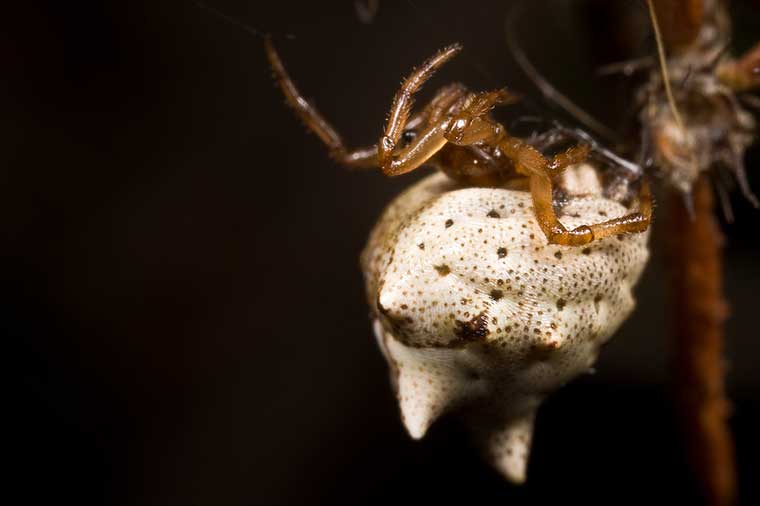
Female with snare strand, Alfred Cove, Perth
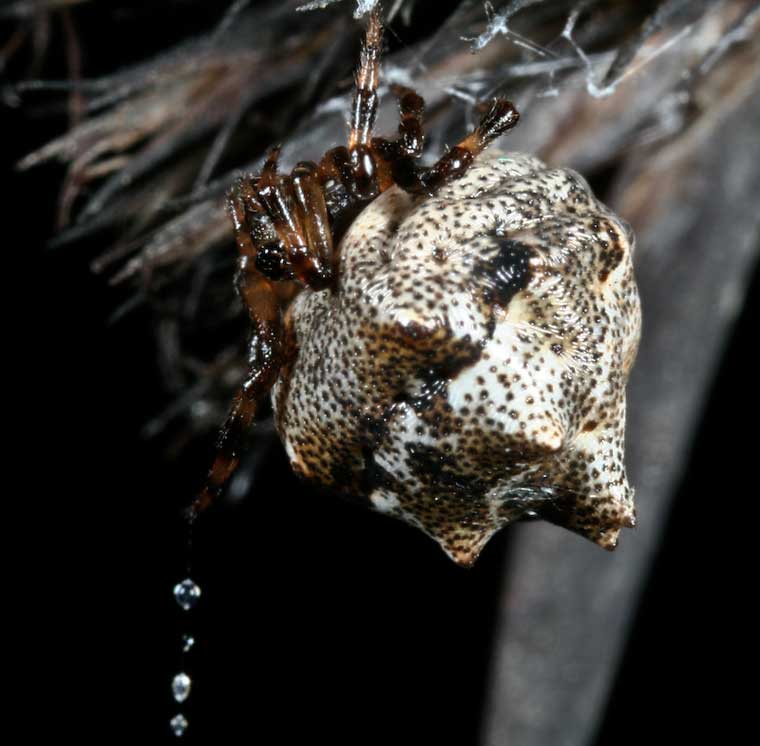
Pinkish sub-adult male
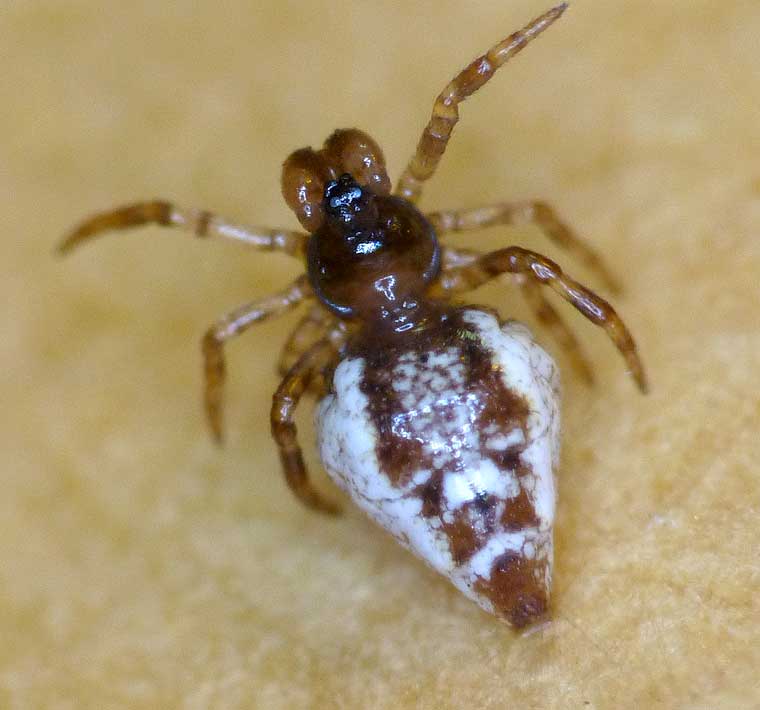
Female brown form Rinn Ave Bunya 301210 note face
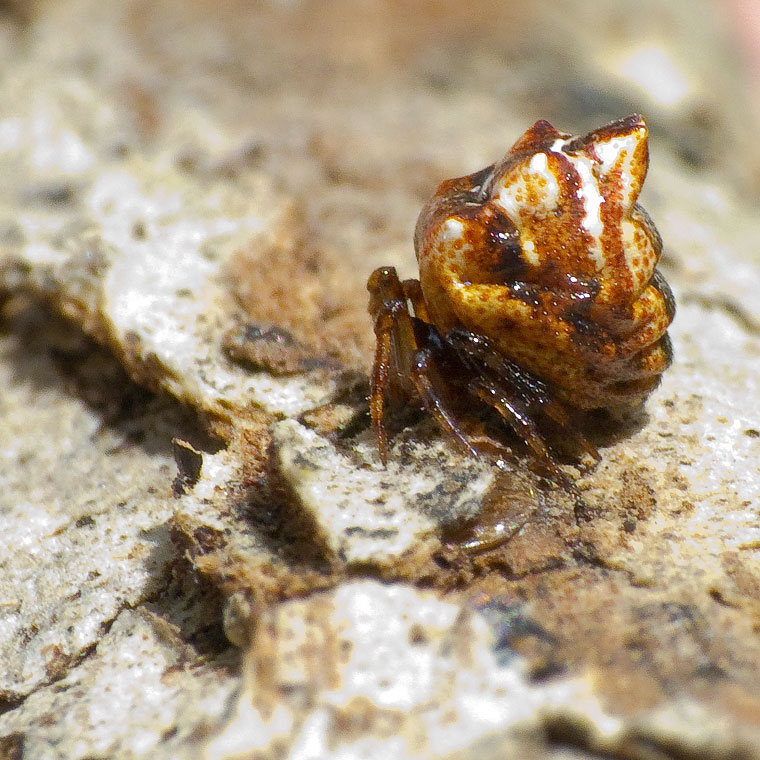
Female dark brown form Rinn Ave Bunya facing oblique
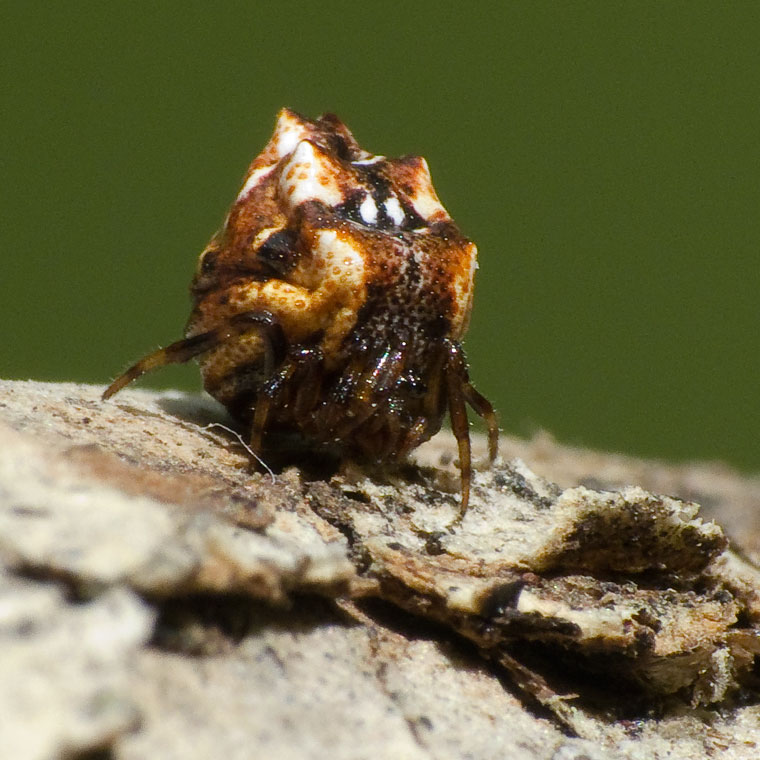
Female dark brown form Rinn Ave Bunya from side behind
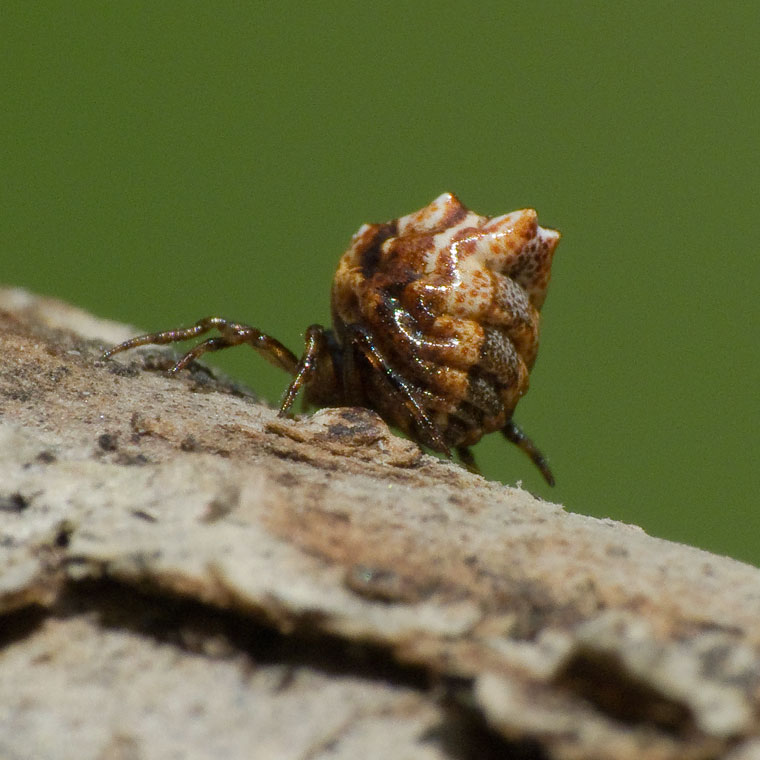
Female dark brown form Rinn Ave Bunya from side oblique
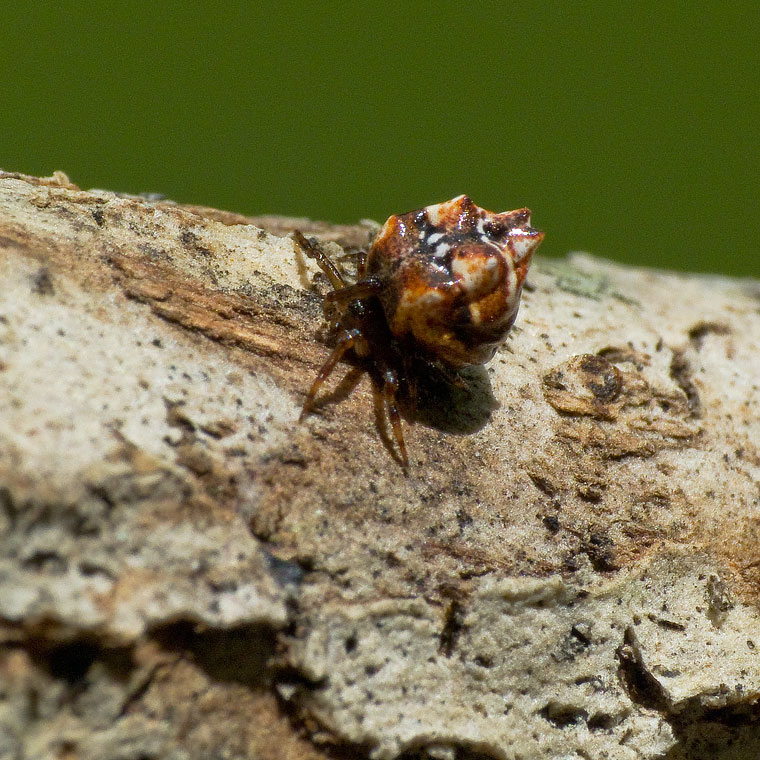
Female pink form Rinn Ave Bunya side view
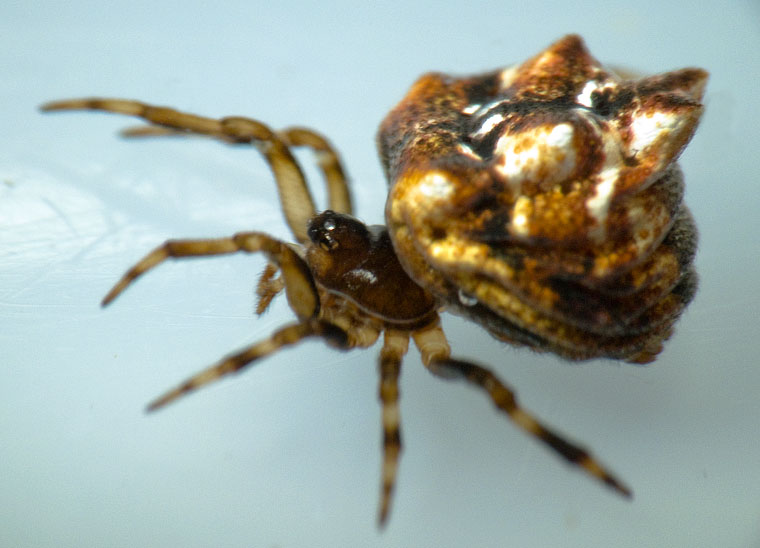
Female dark form Rinn Ave Bunya underneath
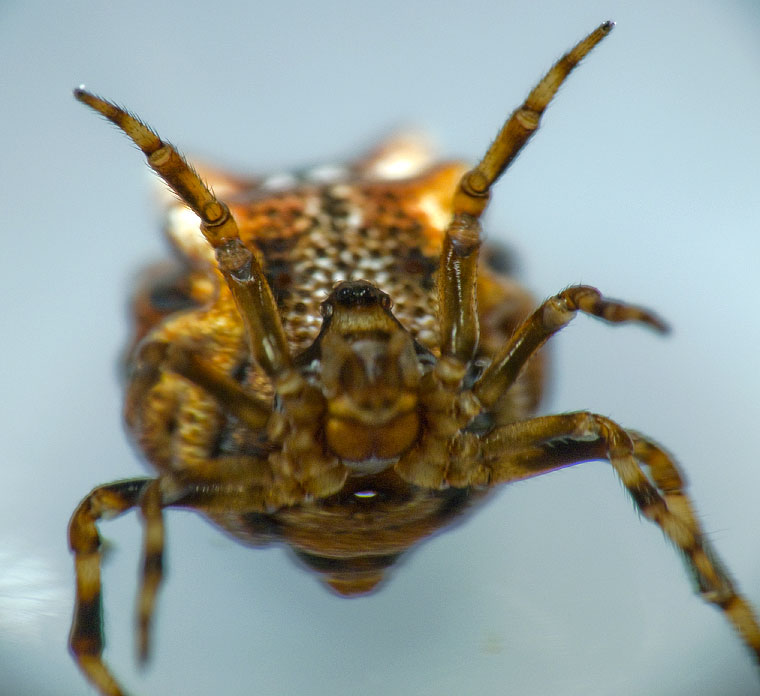
Male Rinn Ave Bunya from side
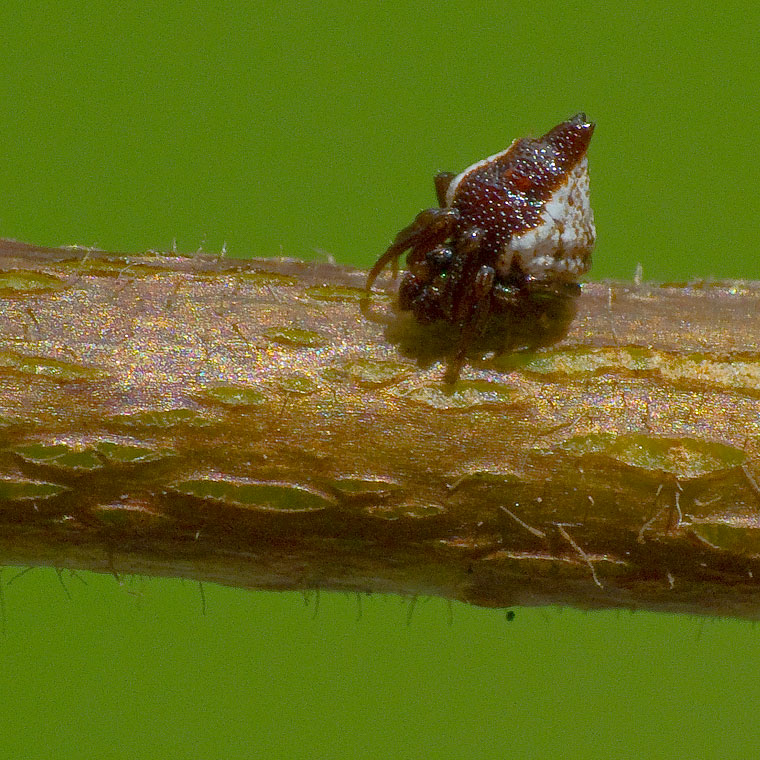
Male Rinn Ave Bunya from side
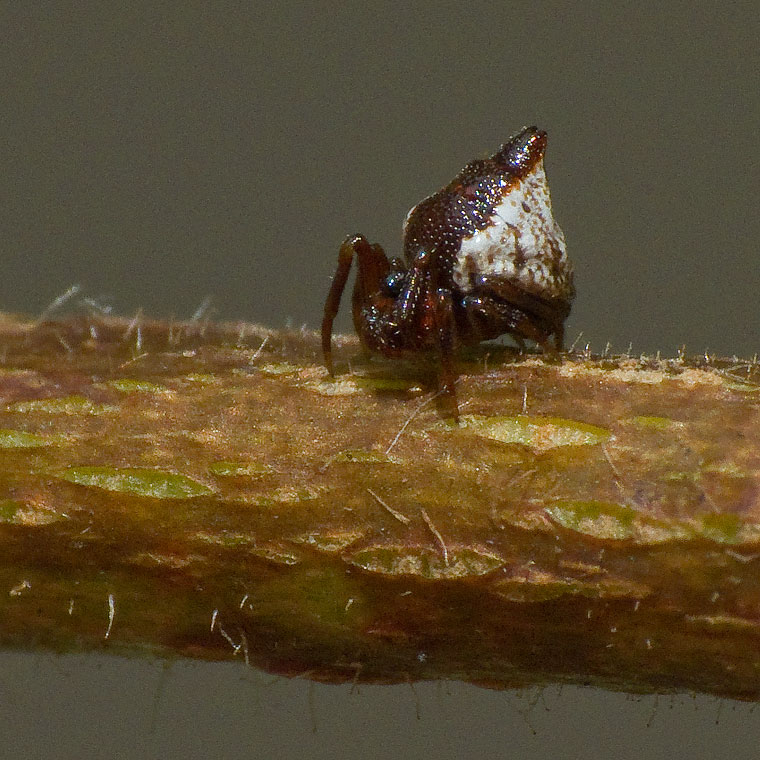
Female pink form Rinn Ave Bunya from above oblique
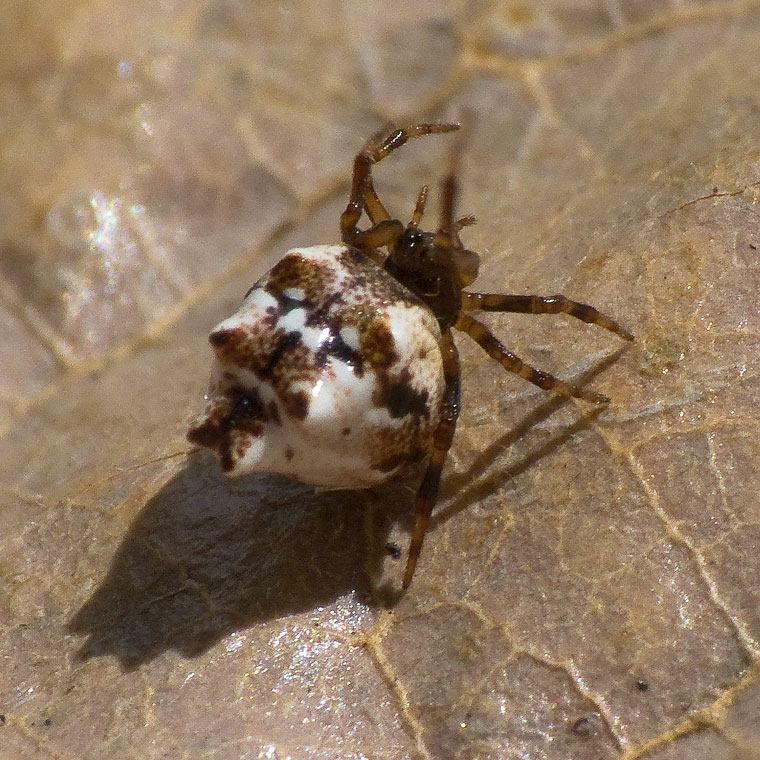
Female pink form Rinn Ave Bunya from above
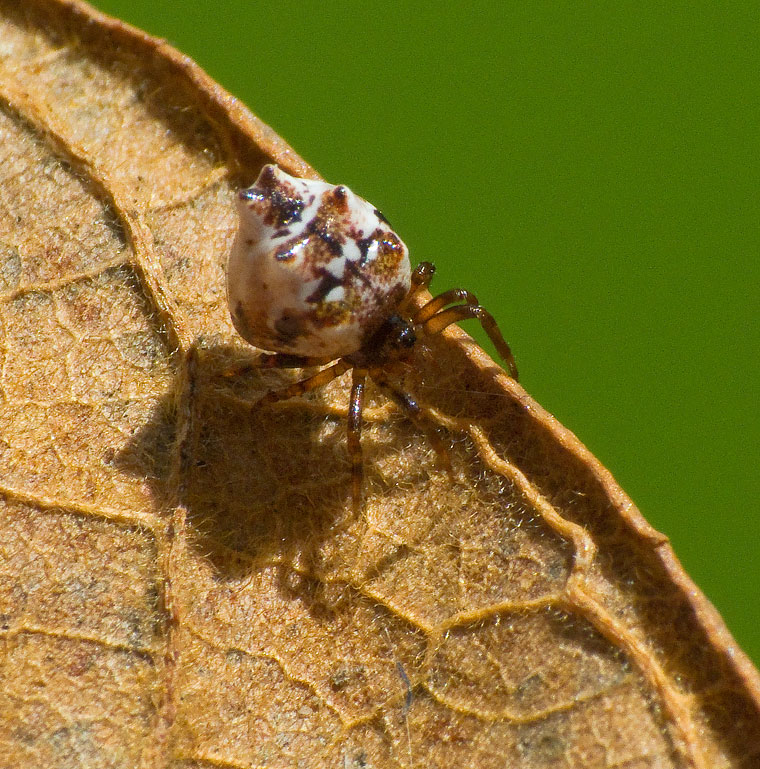
Female pink form Rinn Ave Bunya facing oblique
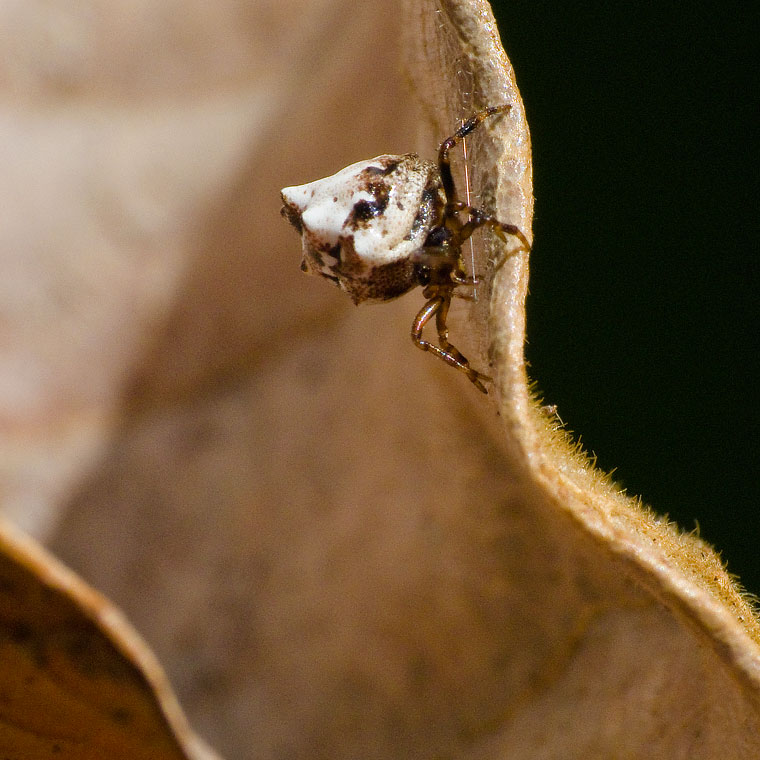
Female pink form Rinn Ave Bunya from above
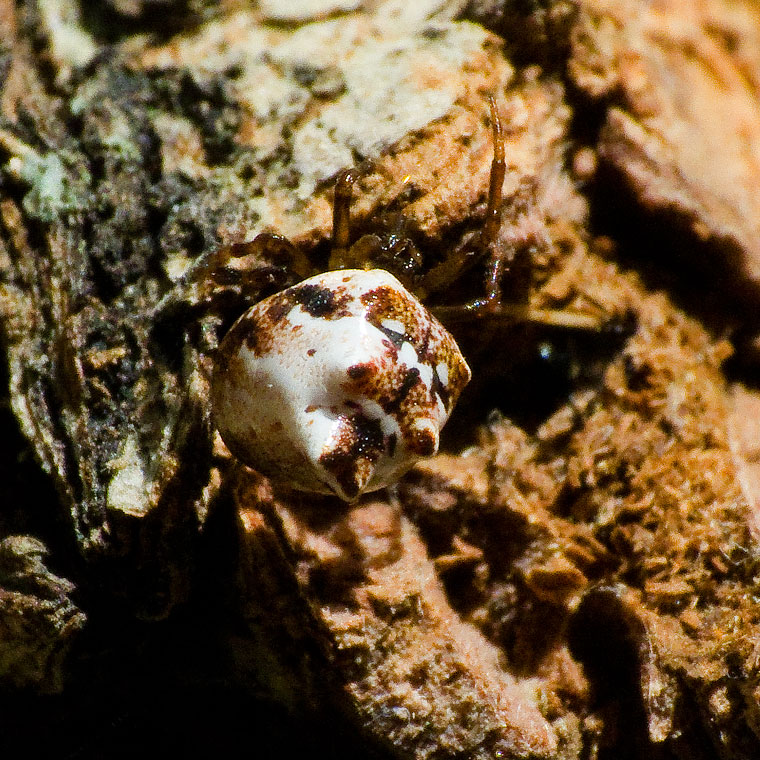
Female pink form Rinn Ave Bunya from side
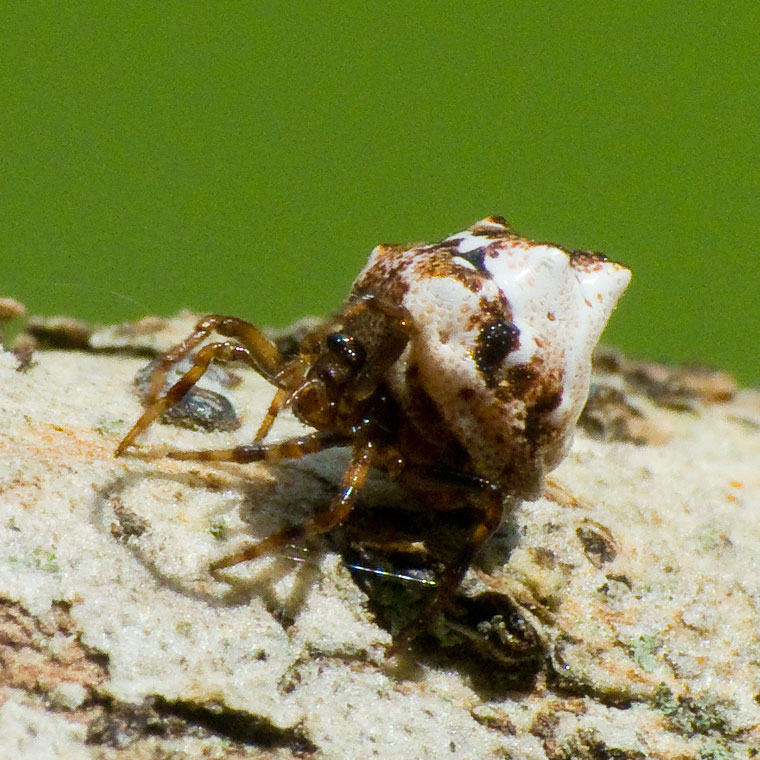
Female pink form Rinn Ave Bunya on leaf edge
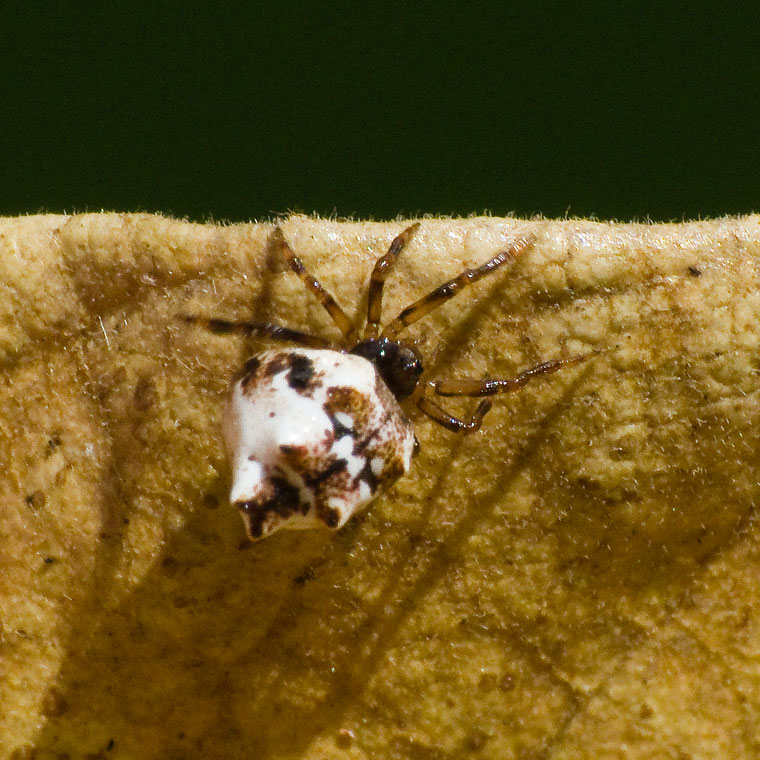
Female pink form Rinn Ave Bunya underneath
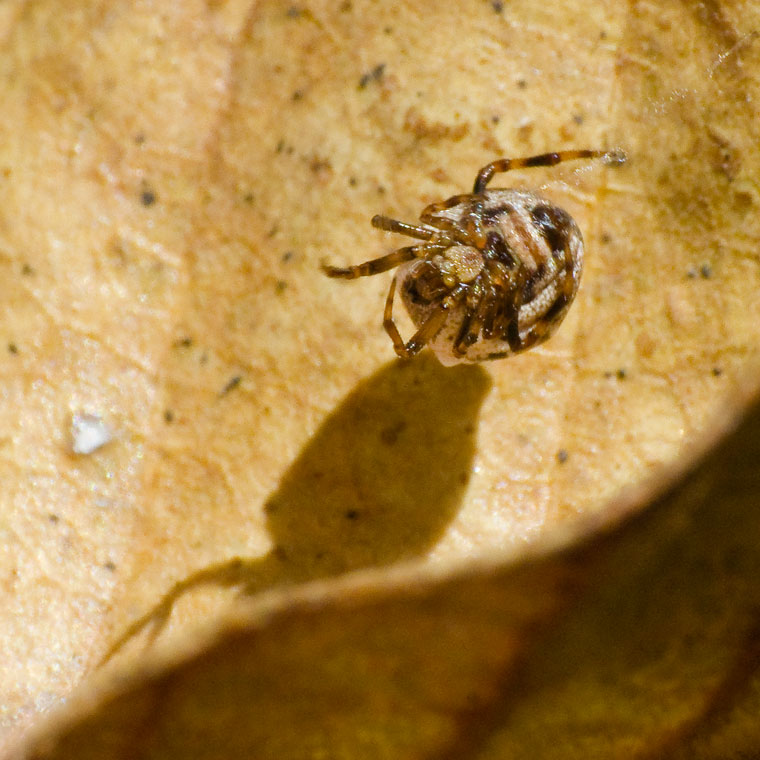
Female pink form Rinn Ave Bunya side view
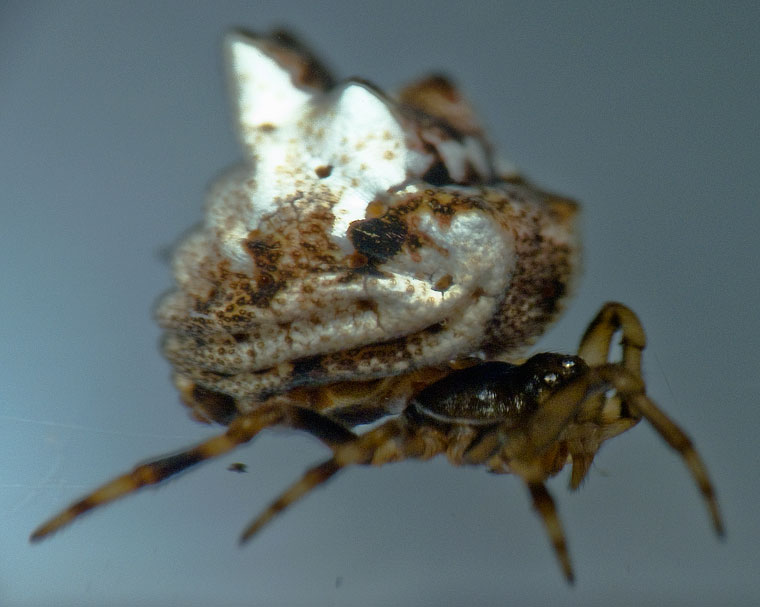
Female dark form Rinn Ave Bunya side view
